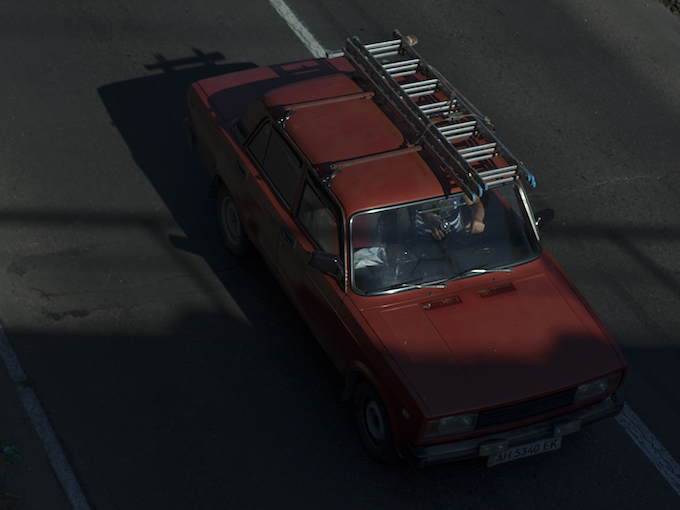
Mariupol, Ukraine. Photograph by Ivan Sigal, 2016.
The Ukrainian city of Mariupol is located 20 kilometers from the front lines of separatist-held territory in eastern Ukraine. Pro-Russian militias briefly controlled Mariupol during peak fighting in 2015 between Ukraine and Russian-backed fighters. Its population has also historically supported pro-Russian positions. For Ukraine, holding Mariupol has been a key strategic goal in its struggle against the separatists.
Mariupol is a major port and industrial center, and Ukraine’s most important point of access to the Sea of Azov. It is also the largest city along the route connecting Russia to Russian-held Crimea. Occupying that territory is one way for Russia to guarantee the strategic viability of its annexation of Crimea. While concerns about a Russian escalation of the conflict around Mariupol have receded, the victory of Donald Trump in the U.S. presidential election may propel a shift in the U.S. position toward Russia and destabilize the conflict.
I visited Mariupol earlier this year to explore Russian and separatist propaganda, their interference in Ukrainian domestic politics, continuous low-intensity bombings at the front, and ordinary Mariupol residents’ attitudes toward the conflict. I wanted to gauge—and, if possible, depict—the psychological effects of proximity to the war on this city. I spent a week walking the streets of Mariupol, making images and talking to people about their circumstances and their understanding of the threat.
These depictions of Mariupol mark a moment in the city’s history: a period of uneasy calm while proximate to a frontline, where nightly shelling is audible when the wind blows from the East. Photographs of residents riding buses and trains and driving cars evoke a fugitive state, employing visual tropes of flight, displacement and absence. These images both tell us of a present, and help us imagine a possible future. The images show us the narrow distance between the mundane passages of our daily lives and the unsettled and desperate journeys of those fleeing war.


